The PLL will play with a 52-second shot clock that starts upon possession. At first sight, that’s not a clean number – but keep in mind that the field is 10 yards shorter than a typical lacrosse field (more on that later). Now, there are 70 yards between each goal rather than 80 yards.
Whipsnakes LC head coach Jim Stagnitta thinks of the shot clock in three phases: early offense, substitution games, and settled six-on-six sets. The league wanted to play as fast as possible while preserving these three phases.
“Get the ball up and out, across the midline, and attack in the first 8-12 seconds,” Stagnitta told me. “Then you kind of spend 10-15 seconds in the sub game while you’re playing three-on-three, four-on-four or five-on-five. Then maybe you can settle into some six-on-six for 20-25 seconds.”
Some teams will use midfielders in two-way roles to minimize substitutions and to maximize the shot clock. Other teams have truly specialized offensive and defensive personnel; 52 second should be plenty of time for them to change out.
15-yard 2-point arc
A handful of players have been able to shoot from 16 yards out efficiently at a high volume. Two are poles who excel in transition: Scott Ratliff (22.4% career 2-point shooting) and Michael Ehrhardt (20.4%). Midfielders like Connor Buczek (19.2%) and Myles Jones (18.9%) can unload a two-pointer when given time-and-room, especially on extra-man opportunities.
From 15 yards, we may see a few more players emerge as threats. Romar Dennis (14.3%) is not afraid to let it fly; he’s so comfortable shooting two-pointers on the run that he draws early slides, a la Trae Young, and opens up layups for teammates in the process. Deemer Class (27.3%) has drilled some two-pointers on limited looks. His stepdown shooting style might benefit from a yard of cushion.
Collectively, these pros bury 16-yard shots at a 14.1% clip. From that distance it’s not the optimal look, even on extra-man chances (16.1%) or fast breaks (15.7%) where shooting percentage inside the arc increases even more drastically to 35.1% and 35.6%, respectively. Expect that 14.1% mark to rise a tick, but not too much. A 15-yard shot from a poor angle – or really any angle that sees less than 36 square feet of the cage – is still a long shot.
Shorter field
Ten yards have been snipped from the middle of the field. A few coaches believe this is the biggest rule change of them all. Poles are pulling the trigger in transition shortly after crossing midfield.
“It’s going to give a lot of opportunities to have an up-and-down game and that’s what fans want to see,” said Whipsnakes LC attackman Matt Rambo. “They want to see goals, they want to see saves.”
While a shorter field may lead to early offense, the shorter field tilts the advantage toward the defense during the second and third phases of the shot clock. Good luck to offensive players trying to avoid Redwoods LC long-stick midfielder Brian Karalunas as their teammates substitute. Head coach Nat St. Laurent told me that Karalunas had two yard sales on the first day of practice. He and other long-stick midfielders are going to harass offensive players above the two-point arc as they wait for their personnel to get on the field.
The advantages an offense gains early should cancel out with the defense’s ability to pressure during substitutions. Schematically, a shorter field doesn’t benefit either side. It simply speeds up the game. More stuff is going to happen: More passe, more shots, more checks, and more dodges. The fastest sport on two feet is about to speed up.
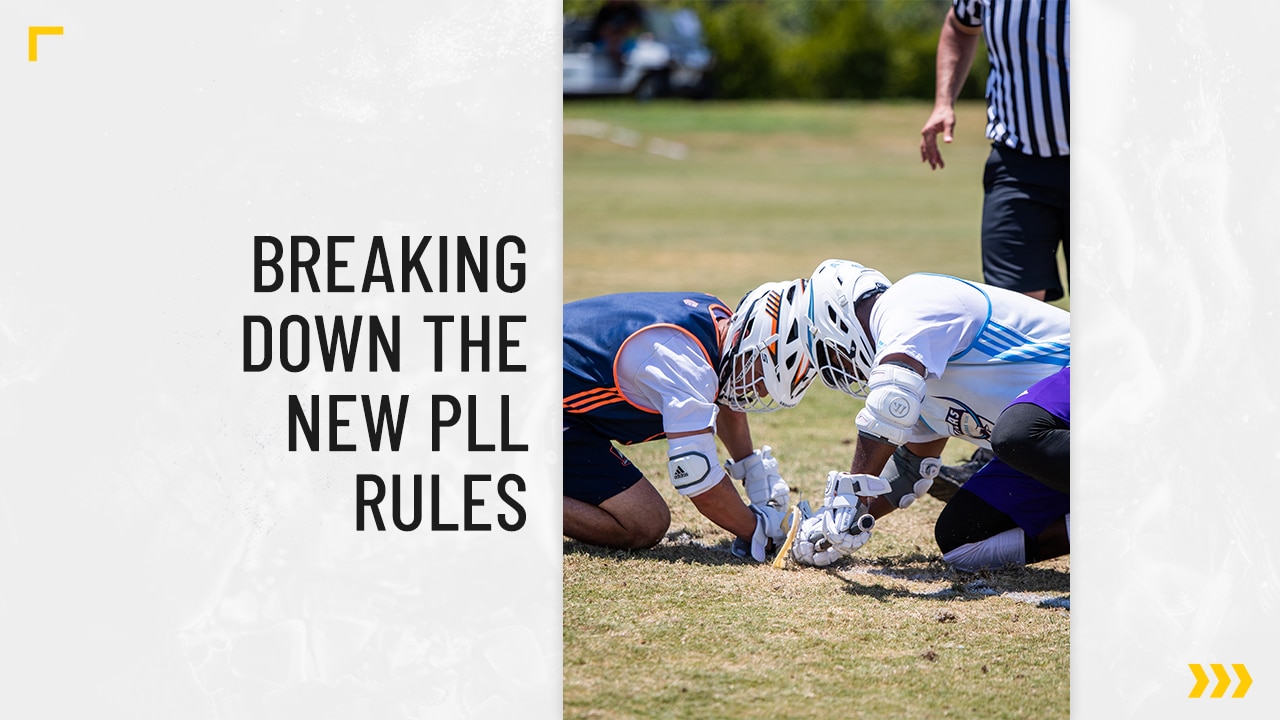
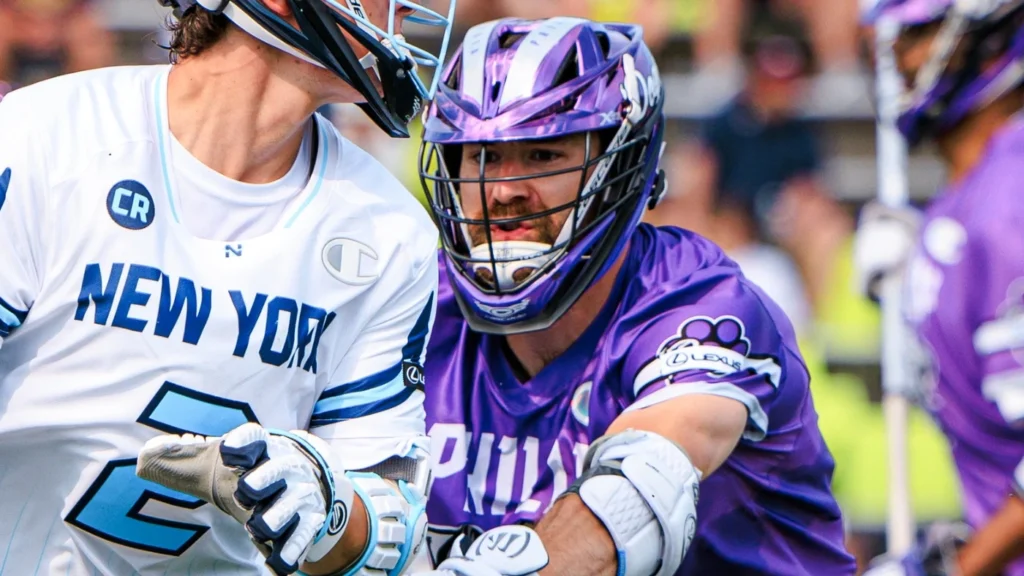
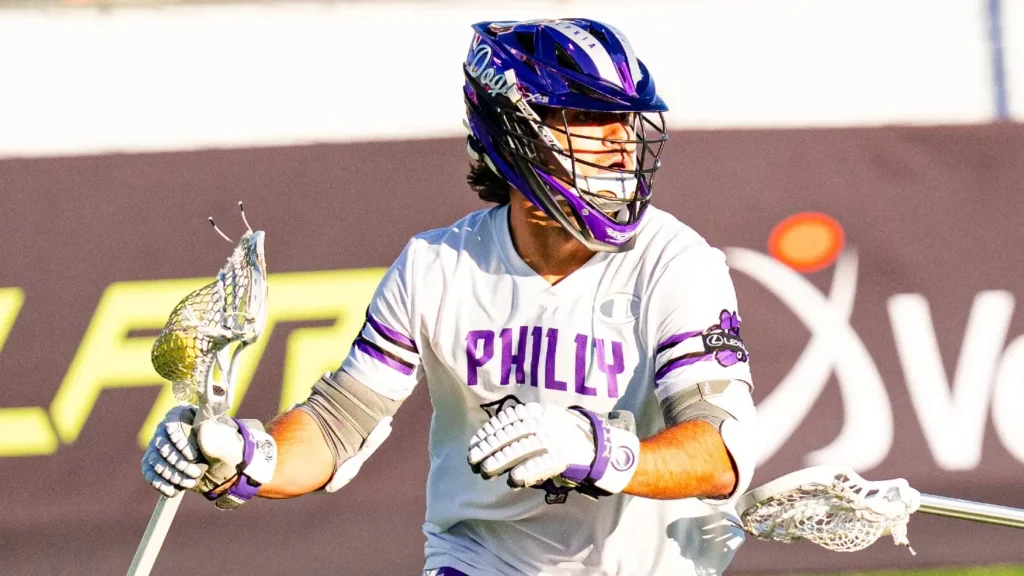
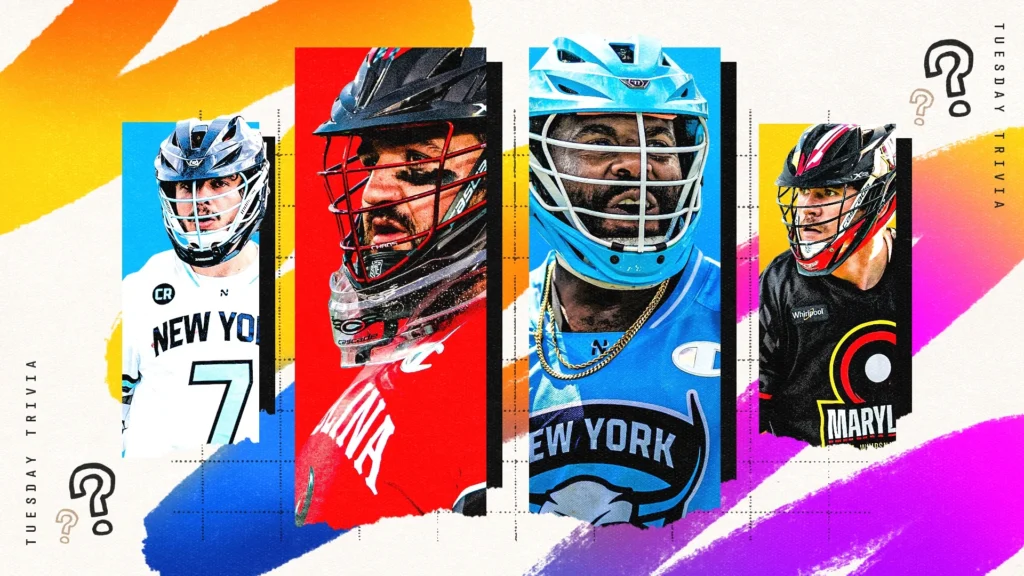
Pingback: gửi hàng đi mỹ
Pingback: munib.org
Pingback: hp sunucu servisi
Pingback: microsoft exchange online plan
Pingback: aaa replica
Pingback: HP Server Teknik Servis
Pingback: ถ้วยฟอยล์
Pingback: more
Pingback: workers compensation attorney nashville
Pingback: wow slot
Pingback: sbo
Pingback: DevOps Consulting
Pingback: สล็อตวอเลท
Pingback: HOTTE TV
Pingback: ทางเข้า maxbet
Pingback: sbo
Pingback: 足球運彩
Pingback: anti screenshot
Pingback: เงินด่วน ได้จริง
Pingback: stop screen recording
Pingback: บาคาร่าเว็บตรง
Pingback: buy weed online usa
Pingback: best passive income investments
Pingback: Plus d'informations
Pingback: Residual income
Pingback: visit the website
Pingback: mushroom dispensary near me
Pingback: 1688upx
Pingback: url
Pingback: bossa jazz
Pingback: side effects of ozempic
Pingback: sahabatqq login
Pingback: dark chocolate truffles
Pingback: บาคาร่า
Pingback: ปั้มไลค์
Pingback: harem77
Pingback: สมัครเน็ต ais
Pingback: ล่องเรือเจ้าพระยา
Pingback: obeng bet